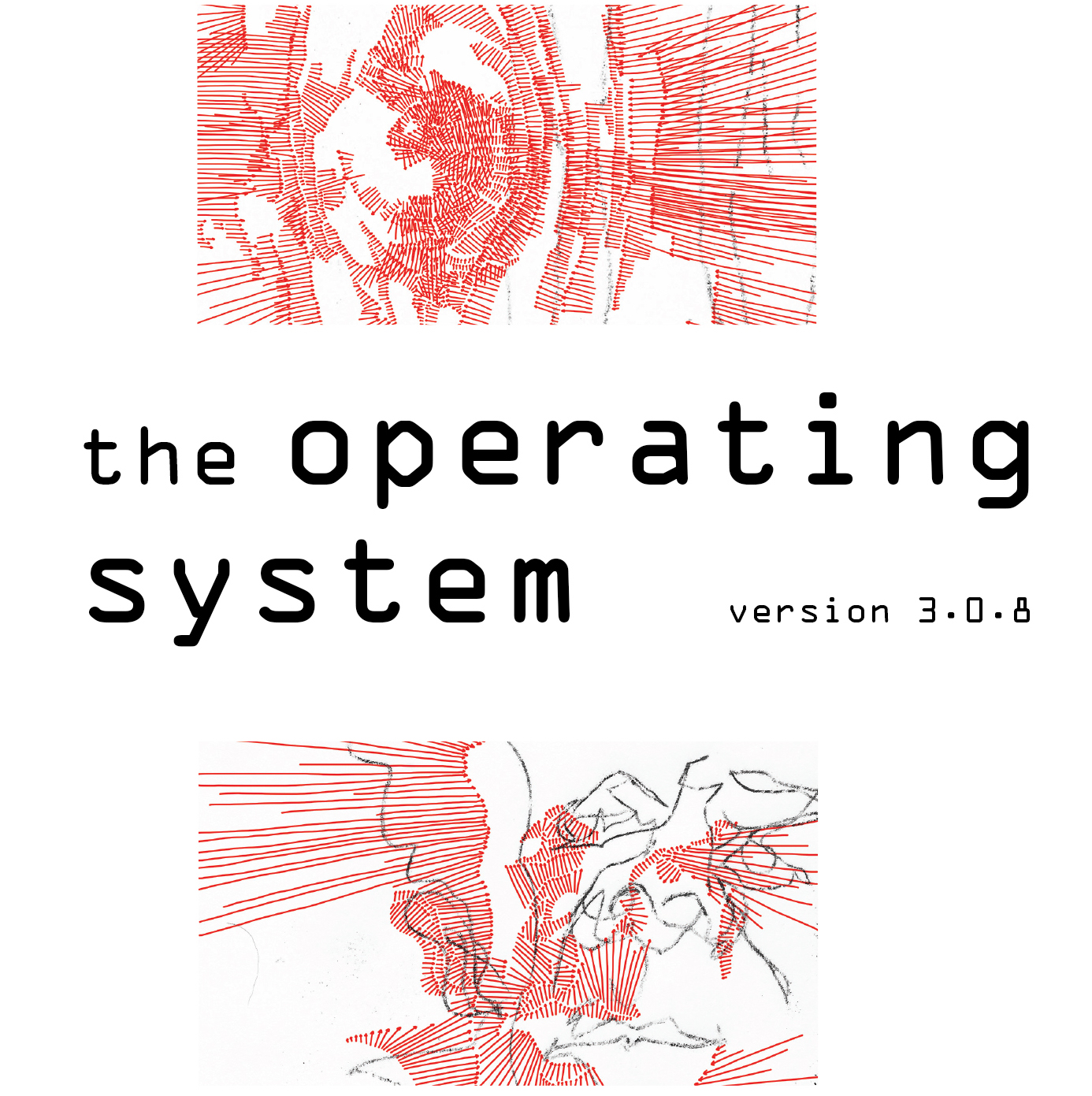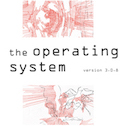5th ANNUAL NAPOMO 30/30/30 :: Day 30 ! :: Peter Milne Greiner on Ursula K. LeGuin
[box]It’s hard to believe that this is our FIFTH annual 30/30/30 series, and that with this final post we will have seeded and scattered ONE HUNDRED and FIFTY of these love-letters, these stories of gratitude and memory, into the world. Nearly 30 books, 3 magazines, countless events and online entries later, and this annual celebration shines like a beacon at the top of the heap of my very favorite things to have brought into being. [If you’re interested in going back through the earlier 120 entries, you can find them (in reverse chronological order) here.]
When I began this exercise on my own blog, in 2011, I began by speaking to National Poetry Month’s beginnings, in 1966, and wrote that my intentions “for my part, as a humble servant and practitioner of this lovely, loving art,” were to post a poem and/or brief history of a different poet…. as well as write and post a new poem a day. I do function well under stricture, but I soon realized this was an overwhelming errand.
Nonetheless the idea stuck — to have this month serve not only as one in which we flex our practical muscles but also one in which we reflect on inspiration, community, and tradition — and with The Operating System (then Exit Strata) available as a public platform to me, I invited others (and invited others to invite others) to join in the exercise. It is a series which perfectly models my intention to have the OS serve as an engine of open source education, of peer to peer value and knowledge circulation.
Sitting down at my computer so many years ago I would have never imagined that in the following five years I would be able to curate and gather 150 essays from so many gifted poets — ranging from students to award winning stars of the craft, from the US and abroad — to join in this effort. But I’m so so glad that this has come to be.
Enjoy! And share widely.
– Lynne DeSilva-Johnson, Managing Editor/Series Curator [/box]
[line][line]
PETER MILNE GREINER on URSULA K. LeGUIN
[line][script_teaser]When the fireflies made it over the Rockies and arrived in California, who was waiting for them? Who is Virginia Herne and what is happening? Who is Ursula K. Le Guin and why is the one thing missing fireflies? We can only speculate, bearing in mind that people have waited lifetimes for stranger, far less possible things, and been rewarded for their patience. [/script_teaser]
[line]
In 1991 Ursula K. Le Guin published a collection of linked stories—billed by Harper Collins as mainstream fiction—called Searoad. It isn’t an oft-heard title, but it is easily one of her best books. The stories take place in a small coastal town in Oregon between 1898 and 1975. Though the reader may not encounter the wandering mages of Earthsea, or the anarcho-physicists of Hain—that is, her most celebrated heroes—the town of Klatsand and the lives of its people are no less vivid, strange, arresting, no less worldbuilt than Le Guin’s fantasies and science fictions. Nowadays Searoad might be marketed as wyrd realism or driftpunk, or perhaps contemporary [textwrap_image align=”right”]http://www.theoperatingsystem.org/wp-content/uploads/2016/04/uklimage1-e1462024032468.jpg[/textwrap_image]ancient history or literary mystery or speculative memoir; whatever trapping or hashtag will sell a story about a life undergoing change.
The collection closes with a mysterious novella called “Hernes,” which the reader comes to understand is the plural form of the surname Herne, belonging to the family around which the novella revolves. It’s important to note that the narrative does, actually, revolve around the family, like a cloud of electrons. “Hernes” is divided into many first-person sections; skipping around through the time of the collection, from the point of view of one Herne to the next, in a way that recalls both The Dispossessed and Orsinian Tales, two much-celebrated Le Guin books from the 1970’s—to say nothing of The Years by Virginia Woolf, which is no coincidence. They are all stories seen and told through a kaleidoscope of years and voices. As with a superorganism, or what is sometimes fancifully called a rhizome, the women in “Hernes” are a single entity distributed across multiple human lives. The novella is about this entity. It is science fiction in a supremely cunning disguise. There’s more.
At the end of “Hernes” Le Guin includes short timelines for each character: born here and when, married so and so, moved into This House on That Street, died of the cause of death applicable. The timelines help the reader keep track of how the discrete lives of family members overlap generation to generation, and how that type of overlap can and can not be meaningful. But something else is embedded in one of the timelines. It’s easy to overlook. It’s a key to Ursula K. Le Guin’s shadow career—her career as a poet, which is formidable, and which is also, at great peril, easy to overlook.
If there is a central character in “Hernes,” though part of the point of the novella is exactly that there isn’t one, it might be Virginia Herne, a poet. In this character’s timeline it is indicated that her birthyear is 1929—Le Guin’s birthyear. What follows is a bibliography that tracks the volumes of [textwrap_image align=”left”]http://www.theoperatingsystem.org/wp-content/uploads/2016/04/uklimage2-e1462023897344.jpg[/textwrap_image]poetry Herne publishes in her lifetime, and who publishes them. There are some familiar names here: Capra Press, Harvard University Press, Harper&Row. Reveal: it’s an alter-bibliography, and Virginia Herne is Le Guin’s alter ego.
Le Guin’s first volume of poems, Wild Angels, was published by Capra Press in 1974. A dozen more collections have appeared since then (several published by Harper&Row), most recently Finding My Elegy: New and Selected Poems in 2012, and Late in the Day, put out by PM Press in early 2016. That right there, if you’re a poet and if you’re very lucky, is a career, an arc, output, vision. It is not the career people talk about when they talk about Le Guin. But they should.
One of Virginia Herne’s poems is discussed in the novella, a poem called “Sparks.” It’s a poem [textwrap_image align=”right”]http://www.theoperatingsystem.org/wp-content/uploads/2016/04/uklimage3-e1462023981446.jpg[/textwrap_image]about how fireflies tried (but had yet) to make it over the Rocky Mountains into California, not an easy or quick passage. Could their success have been a phenomenon empirically observed or waited for by a person? Perhaps. The poem by Virginia Herne called “Sparks” is not shown in the novella, but it does exist. It’s in Le Guin’s new collection, Late in the Day, and it’s called “The One Thing Missing.” Le Guin attributes the poem to herself. She wrote it, after all. The speaker, whomever it is, does the impossible, and sees the anticipation through. The poem enables the passage of the fireflies. It is a song of Searoad.
When the fireflies made it over the Rockies and arrived in California, who was waiting for them? Who is Virginia Herne and what is happening? Who is Ursula K. Le Guin and why is the one thing missing fireflies? We can only speculate, bearing in mind that people have waited lifetimes for stranger, far less possible things, and been rewarded for their patience. Le Guin is Herne, and isn’t. Reality is novella, is poem, is Herne, is Le Guin, isn’t, is. Time passes. Alter ego, alternate reality. Shadow timeline, shadow facet, shadow bibliography, crypto-career. What isn’t missing, thankfully, is mystery. Le Guin’s mastery is that there are always mysteries, ambiguities, time warps, freeze frames, absences, entanglements, blurs. But always, always the voice rings clear.
[line][box]
The One Thing Missing
Finally the fireflies came across the Rockies, drifting
on damp, soft breezes blowing westward
that lifted them over the salt and poisoned deserts
and the terrible white-toothed Sierra
to the quietness of California valleys
where I saw them in a dream from the verandah
of Kishamish, all the little airy fires
coming and going in the summer dusk nearby
and farther in the forests toward the mountain
glimmering in the darkness ever finer, fainter,
meadows of innumerable motes of silver.
“The One Thing Missing” appears in Late in the Day, published by PM Press in 2015.
Copyright © 2015 by Ursula K. Le Guin.
Reprinted by permission of Curtis Brown, Ltd.
[/box][line]
[line][line]
[textwrap_image align=”left”]http://www.theoperatingsystem.org/wp-content/uploads/2016/04/peter-e1462023702358.jpg[/textwrap_image] Peter Milne Greiner is a poet and science fiction writer. He is the author of Executive Producer Chris Carter (The Operating System 2014). His work has appeared in Motherboard, Fence, Forklift,Ohio, Dark Mountain, H_NGM_N, Tagvverk, Stone Telling, and elsewhere. His short story “Six Large Holes” was recently honored by Jeff VanderMeer and appeared in SciArt in America alongside other short ecological fictions. In 2015 he became a deputy editor at The Operating System, and carries the rank of Ship’s Council at Diner Journal. He lives and works in Brooklyn. He has sent a poem into space as zeroes, ones, more zeroes, more ones.
[line]
[h5]Like what you see? Enter your email below to get updates on events, publications, and original content like this from The Operating System community in the field below.[/h5]
[mailchimp_subscribe list=”list-id-here”]
[line]
[recent_post_thumbs border=”yes”]



